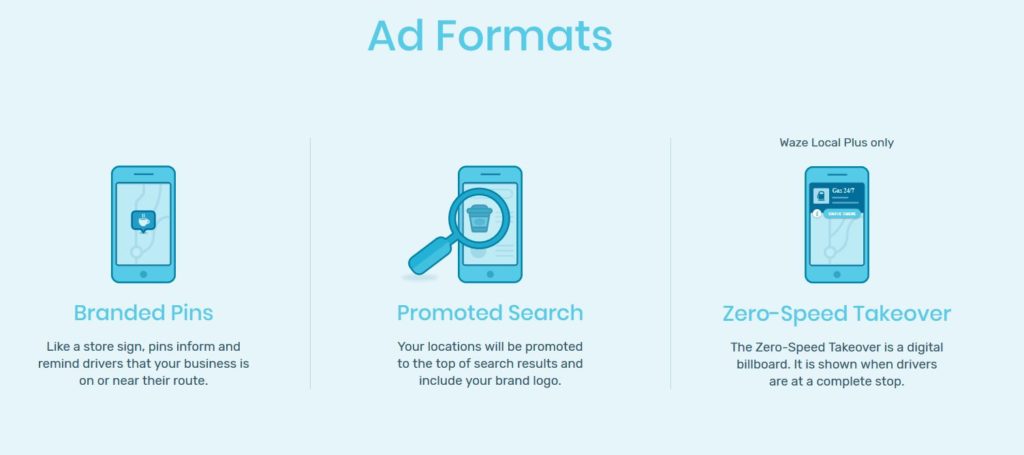Hack an algorithm? Not necessarily as complicated as it sounds, and the economic consequences can be significant. Indeed, everything today is governed by algorithms, especially recommendation algorithms. Hijacking a recommendation algorithm can, therefore, have considerable financial repercussions. In today’s article, we would like to present the project of Simon Weckert, a German artist who “hacked” the Google Maps algorithm.
We also inform you that we have devoted a feature article to the hacking of recommendation algorithms (Linkedin, Kickstarter, Tripadvisor,) which will show you that the algorithmic systems we use daily are not without flaws.
Simon Weckert’s project
Let’s start by pointing out that Simon Weckert is an artist. His project is, therefore, purely artistic. As he states on his website
“In his work, he seeks to assess the value of technology, not in terms of actual utility, but from the perspective of future generations. He wants to raise awareness of the privileged state in which people live within Western civilization and remind them of the obligations attached to this privilege.”
In today’s project, #googlemapshacks, he intends to trick the Google Maps algorithm by sending it misleading GPS signals. By transporting 99 smartphones at a reduced speed, the artist thus makes Google Maps believe that a traffic jam has formed on a street and that it should, therefore, be avoided. To fully understand the purpose of this experiment, we invite you to watch the video below.
Hacking Google Maps or Waze represents an exciting way to impact the sales of its competitors … or to promote its own.
Google Maps: an impact that is being felt
Google Maps, Waze now have a visible impact in the public spaces. Indeed, some people complain that car traffic is being diverted to residential areas because of the itineraries determined by Waze. These areas, which are rarely used, were previously spared, but are now used as alternative routes in the event of traffic jams. Some people are so fed up that they have even taken action by imposing fines. In the districts of Kortenberg and Steenokkerzeel in Flemish Brabant (Belgium), smart cameras scan car plates in certain streets and punish those drivers who drive on them but do not live there.
Hacking Google Maps: what are the economic consequences?
This deported traffic doesn’t make everyone unhappy. It is evident that if residents do not want to see traffic in front of their door, local businesses are fond of seeing motorists passing in front of their shops.
Google Maps has become an indispensable application for finding your way around. Most of us use it by car or on foot to find our way. And in most cases, we blindly follow the recommended route to get from point A to point B. Waze, a competing application to Google Maps (bought by Google nonetheless), monetises its space by offering three kinds of advertising displays (see above).

Why put advertising in such an application? Quite simply because proximity and opportunity are triggers for purchases. Highlighting a particular shop sign, displaying a promotion close to where you are, can, therefore, represent an opportunity to sell more. Diverting car traffic to pass a specific shop sign, at a particular time, can, therefore, represent a sales opportunity. The effect has been proven by McDonalds who generated 6.4m of mobile impressions by combining a Waze ad with a classical billboard ad, which allowed them to redirect customers to the stores (more info here).
Hacking Google Maps or Waze, represents an exciting opportunity to impact the sales of its competitors … or to promote its own. Imagine that you reproduce Simon Weckert’s experience every day of the week in front of one of your competitors’ store. Motorists who follow the advice of Google Maps will be offered an alternative route and will no longer pass in front of the store. Repeat this experience often enough, and you might even create a new habit among motorists. Your competitor’s store will become less visible.
Conclusion
There are many lessons to be learned from Simon Weckert’s experience. First of all, the Berlin artist reminds us that algorithmic systems are fallible. He also reminds us of our digital dependency. And finally, he opens the door to the manipulation of algorithms for commercial purposes.
Posted in big data.